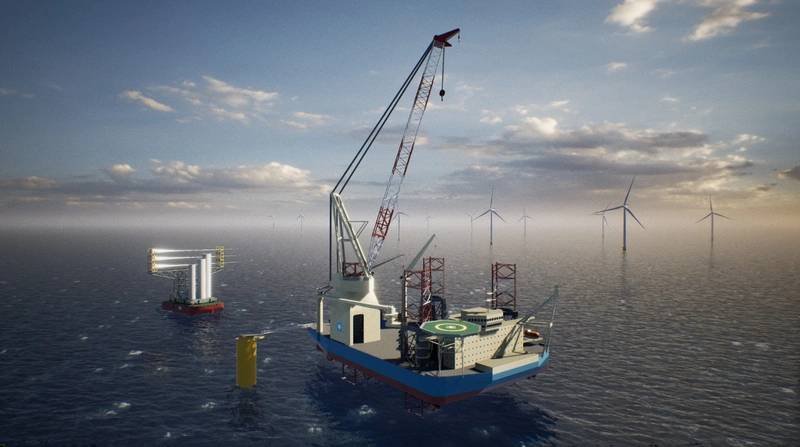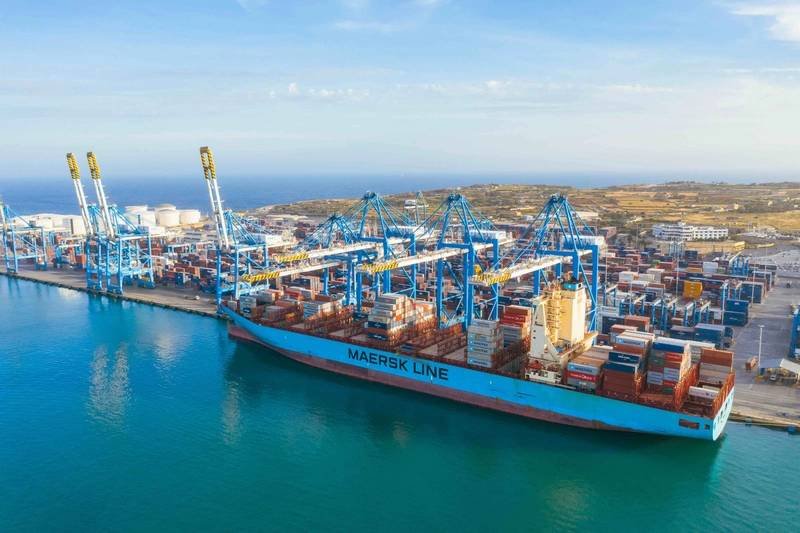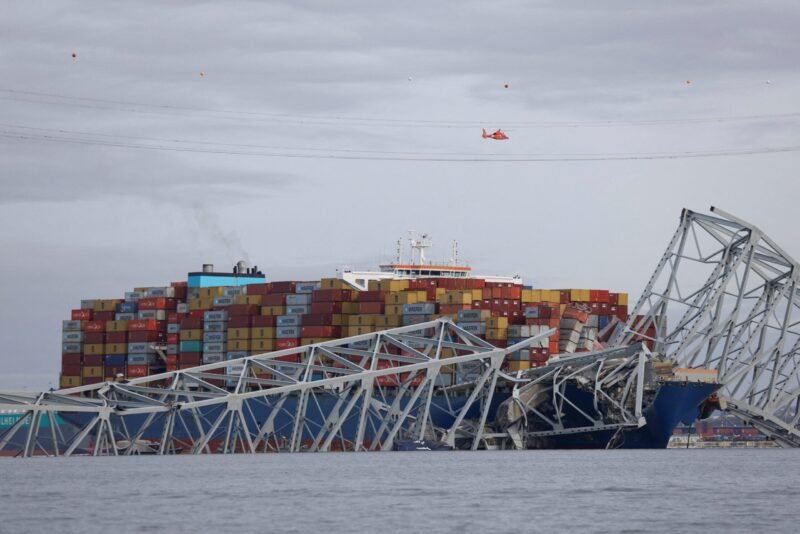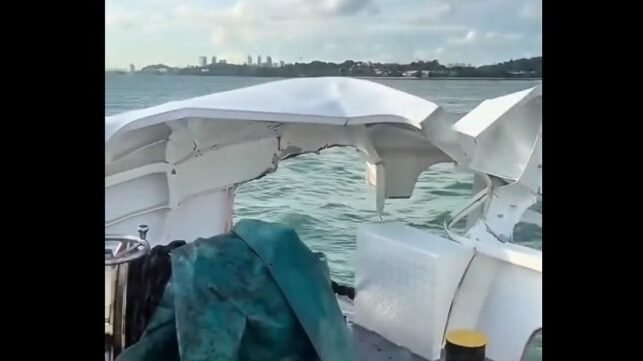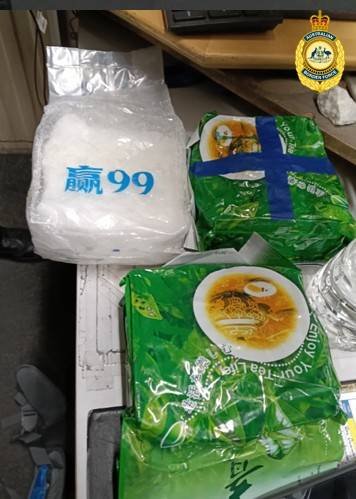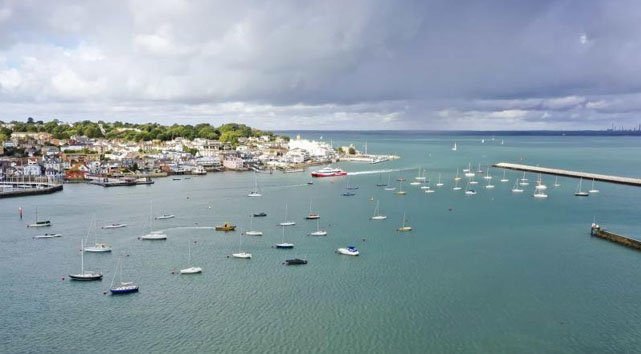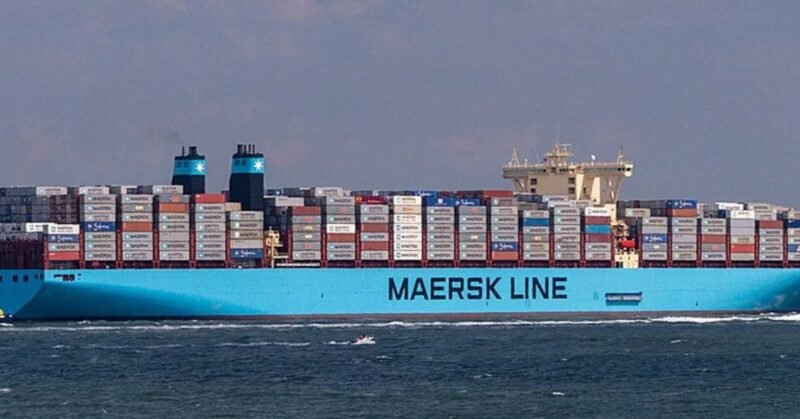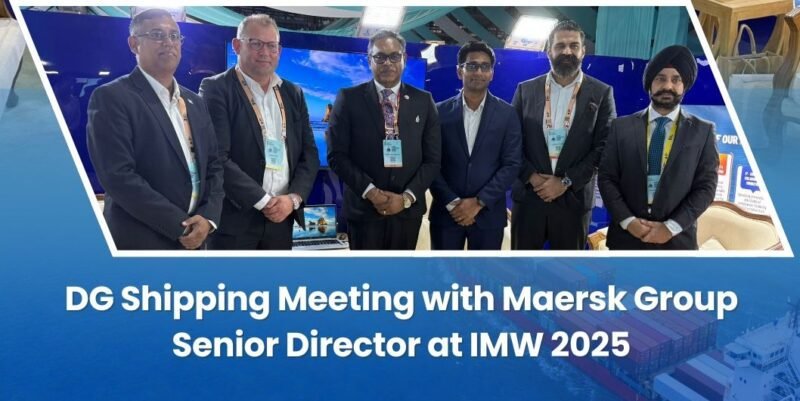Australia’s largest sailing training ship, STS Leo II, suffered severe damage after colliding with the container ship Maersk Shekou in the inner harbor of Fremantle, Western Australia on August 30, 2024. The incident occurred at 06:15, injuring two crew members aboard the sail training vessel, which was docked at the time. The Australian Transport Safety Bureau (ATSB) has initiated an investigation into the collision, with Chief Inspector Angus Mitchell noting that the container ship collided with the moored tall ship, resulting in significant damage and injuries.
The STS Leo II, constructed in 1986, is managed by the Leeuwin Ocean Adventure Foundation based in Fremantle. The organization expressed the vessel was dismasted from the collision, causing an interruption to their sailing program. They plan to rebuild the ship once it is safe to assess the damage, with the aim to return to sailing better than ever as soon as possible. The ATSB will deploy a team of transport safety investigators to gather evidence through vessel examinations, interviews, and data acquisition from their offices in Brisbane, Canberra, and Sydney.
The investigation conducted by the ATSB aims to prevent similar accidents in the future without assigning blame. The final report will detail evidence, analysis, and findings to be released upon completion of the investigation. Should any critical safety issues be identified during the investigation, relevant parties will be promptly notified to take necessary safety measures. The ATSB, as Australia’s national transport safety authority, focuses on non-blame investigations in aviation, rail, and maritime sectors for the purpose of enhancing safety and preventing future incidents.







